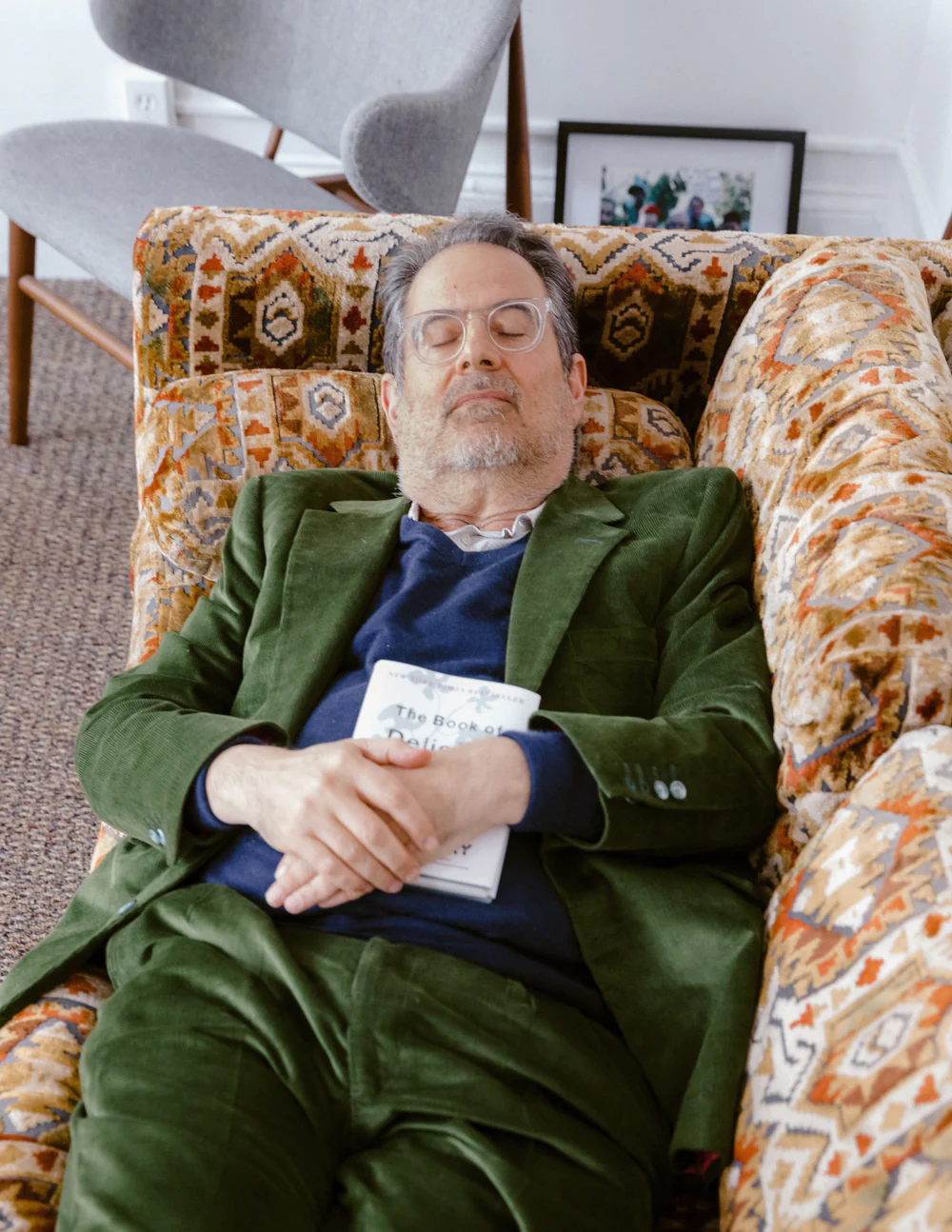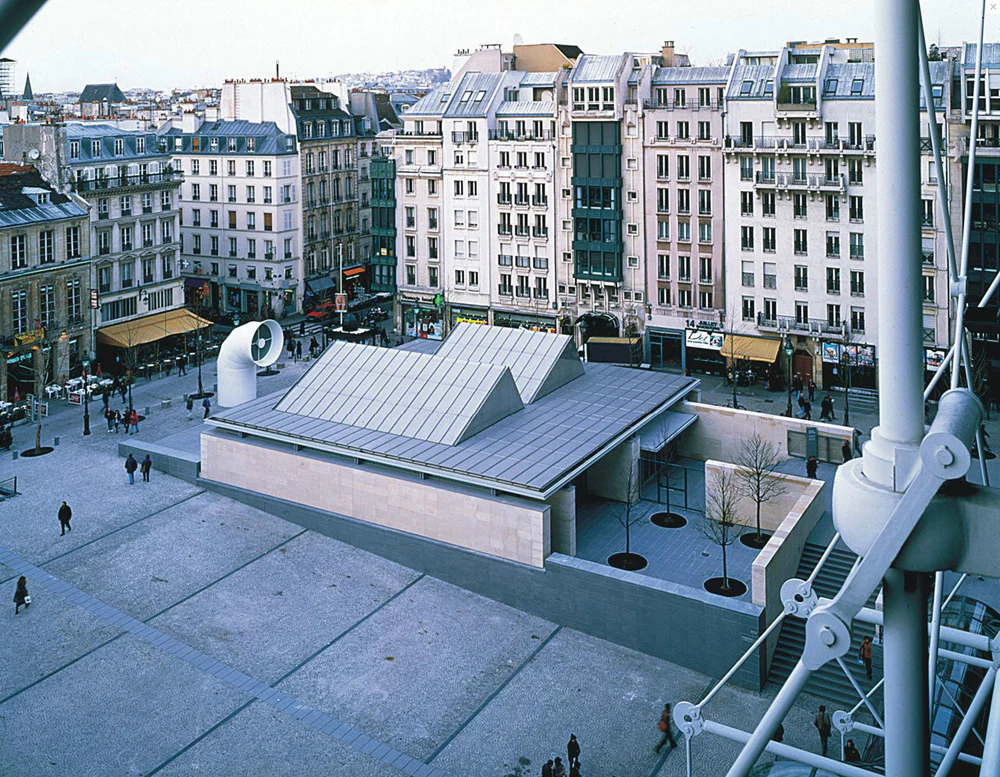The Bureau: Photographer and Activist, Sunil Gupta
By Drake's
Jul 13, 2022

Drake's: How did you first arrive at photography as your chosen medium?
Sunil Gupta: Photography had been a hobby all through my secondary school and undergraduate years. It was only when I came to study in New York that I decided to make it more of a career. I did some classes at the New School with people like Lisette Model and she persuaded me that I should consider it as a full-time occupation.
How has street photography changed since you were shooting on Christopher Street in the 1970s?
I think in the West it has changed quite a lot. Ever since the advent of the internet and social media, people have become much more self-conscious in front of the camera in a public place. There have also been well-known cases where the subject of a photograph inadvertently found that very same picture being traded in the art market for quite high sums of money. It has made everybody extremely wary of the street photographer.
Do you think art has the power to make real social change?
Yes, I think it does have the power to make real social change. Images are a very powerful means of communication. Images in the media, though, are highly controlled and manipulated by the people who own the newspapers and magazines. When I worked for the media, all the photographs I made were editorialised by the people above me. But when I make photographs as art I’m able to show and disseminate exactly the images that I want to, and I think it’s possible to raise difficult issues in this manner that would not be possible in the media.
The political and social landscape is markedly different now to when you began your career. How has the process of representing and telling the stories of LGBTQ+ people changed in that time?
Yes, obviously the social and political climate changes from place to place and from time to time. It seems like every decade there was a change depending on where I was. In New York in the ‘70s it was a very exuberant moment and it seemed logical to simply document what was happening. Street photography had become acceptable in the museum world. Not so much as gay subject matter, however. In the ‘80s, in London, the media was waging a campaign against gays describing them as monstrous and the purveyors of the new gay plague, AIDS. Against that backdrop it was imperative to make some positive images of gay men leading normal lives. Similarly, when I arrived in India in the early 2000s there was both a dearth of gay imagery, and a hostile media. So once again it was imperative to produce imagery to counter those narratives. Now, of course, it’s finally feasible to make imagery around queer people that is much more nuanced, as the need for positive images has passed.
How do you approach your subjects? What are you hoping to reveal in them?
In the street I approached people who caught my eye. And on Christopher Street they were mostly gay men who were close to me in age at the time, and I suppose I kind of fancied them. In the portraits in the 1980s I was trying to show a group of people who were out and proud but also living domestic lives without fear or shame. I suppose in the portraits in general I try to show individual characters and only when you step back and see the whole group do you realise that they have something in common, namely their sexuality.
Have changes in technology had any impact on your work?
Yes. I went to art school for five years and I came out as somebody who would like to shoot, process and print my own pictures. With the digital [photography] I lost the printing part by and large. It was replaced instead by hours of digital manipulation just to get back to something I could’ve done in a much more straightforward way in a dark room. For many years [my] prints have been made by labs, which has always been a tricky negotiation between me and the operator. Finally, only this year, have I been able to buy a proper digital printer and have a studio big enough to house it. And once again, I’m able to print my own pictures.
The clothing worn by your subjects inevitably becomes a significant part of the image. What part does clothing play in the visual language of portrait photography?
Clothing plays an enormous part in the visual language of portrait photography. It always has done, from the days of portrait paintings which were often made for a client, and therefore the client had to be shown in the best possible light, and in the status they thought they deserved. I’m usually working in a documentary tradition, so I rarely interfere with the clothing that the subjects present themselves in. If asked in advance, I do suggest clothing that makes visual sense in terms of the picture. This can be tricky in terms of black-and-white pictures, although to a certain extent the level of uncertainty has been greatly reduced by digital photography where you can see the result on the screen instantaneously.
From Here to Eternity: Sunil Gupta. A Retrospective, is on at the Photographers' Gallery in London until 24th of January 2021.




















